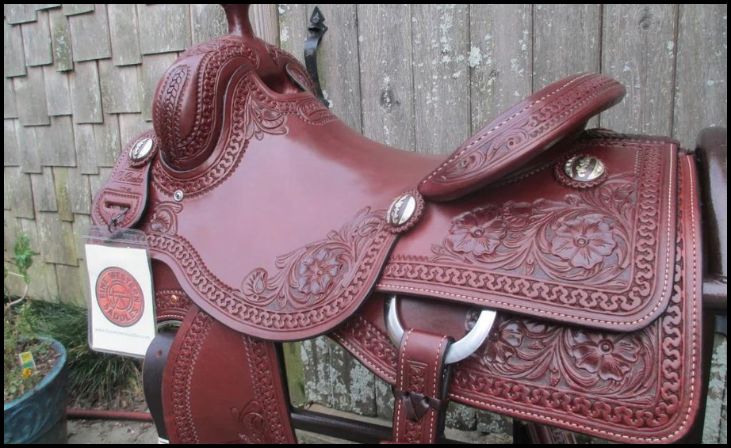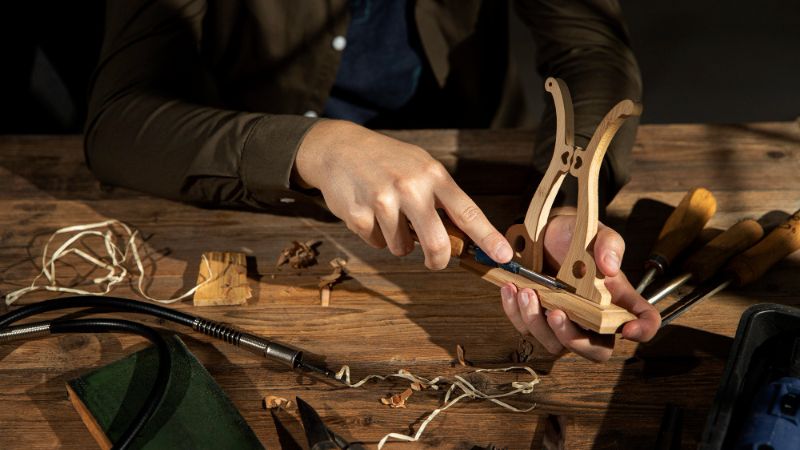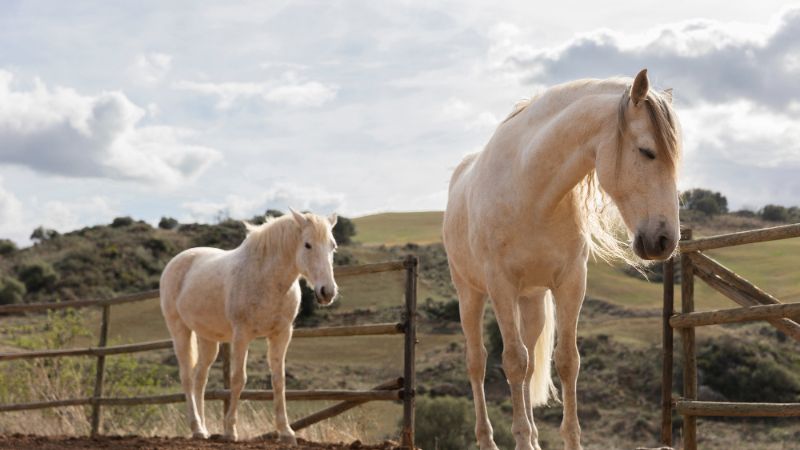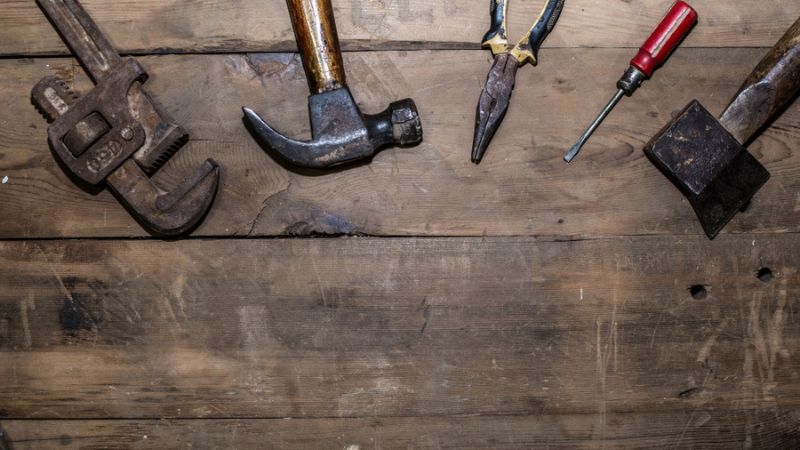Cutting Horse Tack Essentials – Cutting horse tack is not just equipment; it’s the conduit through which horse and rider communicate, execute precision maneuvers, and showcase their skills in the exhilarating sport of cutting. This guide aims to illuminate the essential elements of cutting horse tack, offering a comprehensive understanding of its significance and functionality.
In the world of cutting, where split-second decisions and seamless coordination are paramount, the right tack can make all the difference between success and struggle. From the specialized saddle designed to provide stability and freedom of movement to the intricacies of bit selection for optimal control, every piece plays a crucial role in the performance of both horse and rider.
Through this exploration, we’ll delve into the key components of cutting horse tack, examining their purpose, variations, and proper usage. Whether you’re a seasoned competitor or a novice enthusiast, understanding these essentials will not only enhance your performance in the arena but also deepen your appreciation for the artistry and athleticism of cutting horses. So, saddle up and let’s journey into the world of cutting horse tack together.
Cutting Horse Tack Essentials
Cutting Saddle:

The cutting saddle is the cornerstone of tack for this discipline, designed to provide the rider with stability and freedom of movement. Its deep seat and high cantle offer security during sharp turns, while the low horn allows the rider to maintain balance without interference.
A well-made cutting saddle is crafted with durable materials and tailored to fit both horse and rider comfortably, ensuring optimal performance in the arena. Riders often prioritize a saddle that offers close contact and a secure feel, allowing them to communicate effectively with the horse while maintaining proper position throughout maneuvers.
Also Read – The Importance of Proper Nutrition for Cutting Horses
Breast Collar:
A breast collar is an essential piece of equipment for cutting horses, serving to keep the saddle securely in place during rapid movements and sudden stops. It consists of straps that loop around the horse’s chest and attach to the saddle, preventing it from sliding backward during intense maneuvers.
The breast collar distributes pressure evenly across the horse’s chest, reducing the risk of discomfort or injury. It is typically adjustable to accommodate different horse sizes and conform to individual body shapes. Properly fitted and adjusted, a breast collar provides stability and confidence to both horse and rider during cutting performances.
Bridle:
The bridle is a fundamental component of cutting tack, allowing the rider to communicate with the horse through rein aids and bit pressure. It consists of a headstall, reins, and a bit, each carefully selected to suit the horse’s preferences and the rider’s communication style.
The headstall fits over the horse’s head and holds the bit in place, while the reins provide a direct line of communication between rider and horse. The choice of bit depends on factors such as the horse’s level of training, mouth sensitivity, and responsiveness to cues. A well-fitted bridle ensures clear and precise communication between horse and rider during cutting maneuvers.
Bit:
The bit is a crucial component of the bridle, exerting pressure on the horse’s mouth to communicate cues from the rider. In cutting, where precision and responsiveness are paramount, selecting the right bit is essential for effective communication and performance.
Common types of bits used in cutting include curb bits, which offer leverage and control, and bits with small ports or jointed mouthpieces for subtle communication. The choice of bit depends on factors such as the horse’s training level, mouth conformation, and response to different pressures. Proper fitting and adjustment of the bit are crucial to ensure comfort and responsiveness in the horse’s mouth during cutting maneuvers.
Leg Protection:
Leg protection is vital for cutting horses to prevent injuries and provide support during high-intensity maneuvers. Boots or wraps are commonly used to protect the horse’s legs from cuts, abrasions, and interference from other horses’ hooves. These protective coverings provide an extra layer of padding and support, reducing the risk of impact-related injuries during sharp turns and sudden stops.
When selecting leg protection for cutting horses, it’s essential to choose options that offer both durability and flexibility, allowing the horse to move freely while maintaining optimal protection. Properly fitted leg protection can help keep cutting horses sound and comfortable during training and competition.
Saddle Pad:

A well-chosen saddle pad is essential for distributing pressure evenly and providing cushioning for the horse’s back during cutting maneuvers. The pad acts as a protective barrier between the saddle and the horse, reducing friction and minimizing the risk of soreness or discomfort.
When selecting a saddle pad for cutting, riders often look for options that are contoured to fit the shape of the cutting saddle and made from high-quality materials that offer both breathability and shock absorption. Properly fitting and maintaining a saddle pad can help ensure the horse’s comfort and well-being during training and competition.
Spurs:
Spurs are optional aids used by some cutting riders to provide subtle cues to the horse during maneuvers. They consist of small metal devices attached to the rider’s boots, which can be used to apply pressure to the horse’s sides when needed.
Spurs are typically used as reinforcement for leg aids and should be used judiciously by experienced riders to avoid causing discomfort or confusion in the horse. When using spurs in cutting, it’s essential to choose a style and length that are appropriate for the rider’s skill level and the horse’s sensitivity, ensuring clear communication without undue pressure or irritation.
Hoof Care:
Proper hoof care is essential for all horses, especially those involved in high-intensity activities like cutting. Regular trimming and maintenance help keep the horse’s hooves balanced and healthy, supporting soundness and performance in the arena.
In addition to routine trimming, cutting horses may benefit from specialized shoeing techniques or hoof supplements to address specific needs related to their workload and conformation. Working closely with a knowledgeable farrier can help ensure that cutting horses receive the individualized hoof care they need to stay sound and comfortable during training and competition.
Training Aids:
Training aids can be valuable tools for shaping the performance of cutting horses and reinforcing desired behaviors during training sessions. These aids may include devices such as training forks, martingales, or side reins, which help encourage correct head carriage, balance, and body mechanics in the horse.
When used appropriately and in conjunction with skilled training techniques, these aids can help facilitate the development of a well-rounded and responsive cutting horse. It’s essential for riders to work closely with knowledgeable trainers to select and implement training aids effectively, ensuring that they support the horse’s progress and welfare without relying on force or coercion.
Tack Maintenance:

Proper care and maintenance of cutting tack are essential for ensuring its longevity, safety, and effectiveness. Regular cleaning and inspection help identify signs of wear or damage that could compromise the integrity of the equipment. Leather tack should be cleaned and conditioned regularly to keep it supple and resistant to cracking or dryness.
Metal hardware should be checked for signs of rust or corrosion and lubricated as needed to maintain smooth operation. Additionally, tack should be stored in a clean, dry environment away from direct sunlight and excessive moisture to prevent deterioration. By investing time and effort into tack maintenance, riders can prolong the life of their equipment and ensure the safety and comfort of both horse and rider during cutting activities.
Conclusion
In the fast-paced world of cutting, where precision and partnership reign supreme, the significance of proper tack cannot be overstated. From saddle to spur, each element plays a crucial role in facilitating communication and maximizing performance.
By investing in quality tack and adhering to proper maintenance practices, riders can ensure the safety and comfort of their equine partners while optimizing their competitive edge in the arena. So, as you embark on your cutting journey, remember: the right tack is not just a tool but a testament to the bond between horse and rider, elevating every ride to new heights of excellence.
FAQs
What makes a cutting saddle different from other types of saddles?
Cutting saddles are specifically designed to provide the rider with close contact to the horse, allowing for greater freedom of movement and agility during maneuvers. They typically have a low horn and a deep seat to help the rider stay secure while making quick turns and stops.
How do I know if a cutting saddle fits my horse properly?
A properly fitting cutting saddle should distribute the rider’s weight evenly and sit comfortably on the horse’s back without any pressure points. It should also allow the horse to move freely through its shoulders and back. Working with a knowledgeable saddle fitter can help ensure the best fit for your horse.




